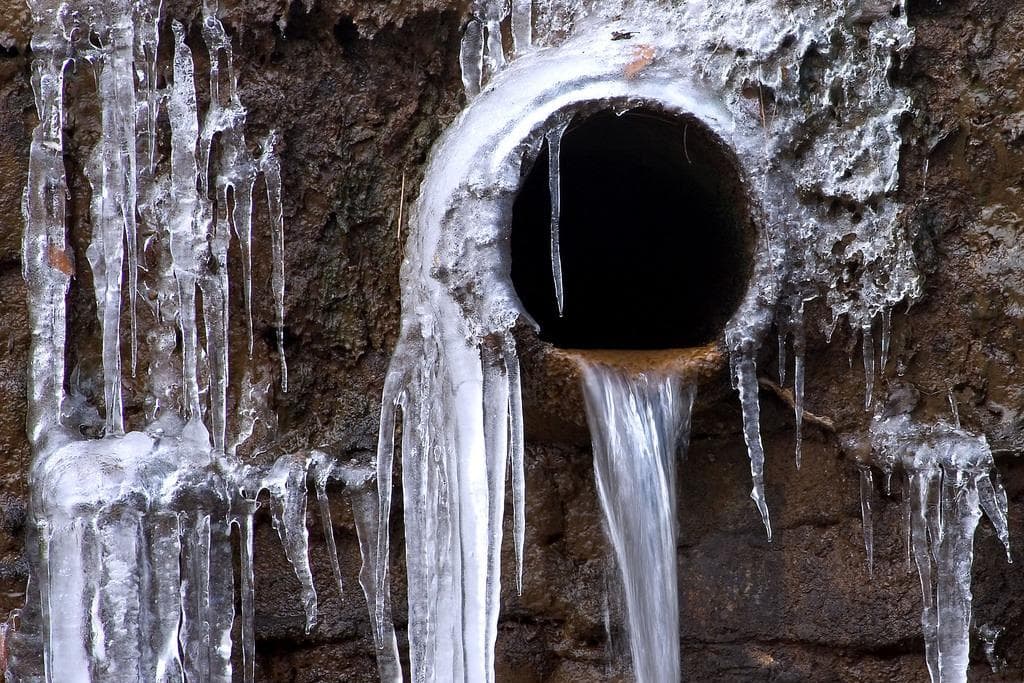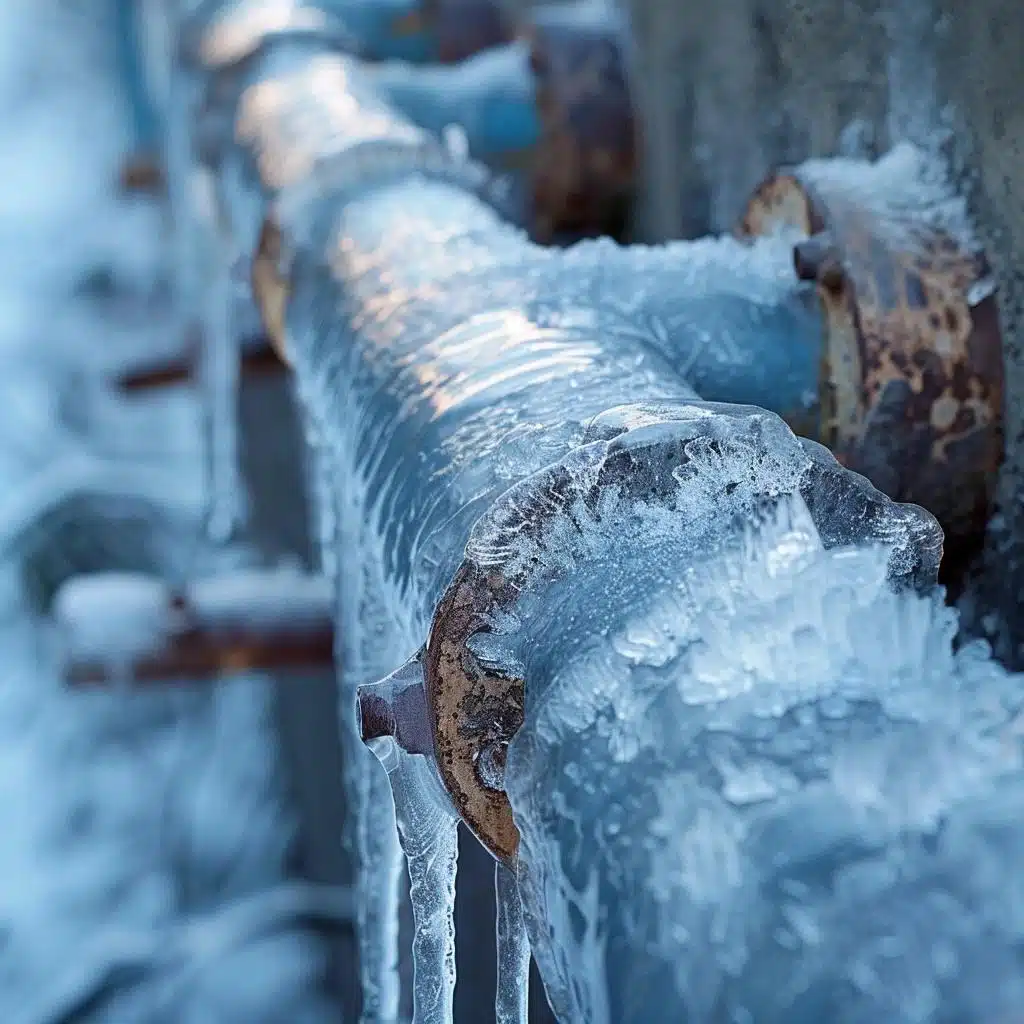Essential Advice to Prevent Frozen Plumbing in Cold Weather
Essential Advice to Prevent Frozen Plumbing in Cold Weather
Blog Article
The author is making several good pointers relating to Prevent Frozen Pipes in general in this post on the next paragraphs.

Winter can ruin your plumbing, especially by freezing pipes. Right here's exactly how to prevent it from happening and what to do if it does.
Intro
As temperatures drop, the threat of frozen pipelines boosts, potentially resulting in costly repair work and water damage. Recognizing exactly how to prevent frozen pipes is essential for homeowners in cold climates.
Avoidance Tips
Shielding at risk pipelines
Wrap pipes in insulation sleeves or make use of heat tape to safeguard them from freezing temperatures. Concentrate on pipelines in unheated or outside locations of the home.
Heating methods
Maintain indoor areas properly heated up, specifically areas with pipes. Open closet doors to permit warm air to circulate around pipelines under sinks.
Just how to identify frozen pipes
Try to find decreased water circulation from taps, uncommon odors or noises from pipelines, and noticeable frost on exposed pipes.
Long-Term Solutions
Structural changes
Take into consideration rerouting pipes far from outside wall surfaces or unheated locations. Add extra insulation to attic rooms, cellars, and crawl spaces.
Upgrading insulation
Buy high-quality insulation for pipes, attics, and walls. Appropriate insulation helps maintain consistent temperatures and lowers the danger of frozen pipelines.
Protecting Outside Pipes
Yard hoses and outside faucets
Disconnect and drain pipes yard pipes before winter months. Install frost-proof spigots or cover outside taps with protected caps.
Comprehending Frozen Pipes
What triggers pipes to ice up?
Pipes freeze when exposed to temperature levels listed below 32 ° F (0 ° C) for expanded durations. As water inside the pipelines ices up, it increases, taxing the pipe walls and possibly creating them to burst.
Risks and problems
Frozen pipes can bring about water disturbances, residential or commercial property damages, and costly repairs. Ruptured pipes can flooding homes and trigger considerable architectural damage.
Indications of Frozen Water Lines
Recognizing frozen pipelines early can prevent them from breaking.
What to Do If Your Pipes Freeze
Immediate actions to take
If you believe frozen pipelines, maintain faucets open to relieve stress as the ice melts. Use a hairdryer or towels soaked in warm water to thaw pipes gradually.
Final thought
Avoiding icy pipelines requires aggressive steps and fast reactions. By understanding the reasons, signs, and safety nets, homeowners can secure their plumbing during cold weather.
6 Proven Ways to Prevent Frozen Pipes and Protect Your Home
Disconnect and Drain Garden Hoses
Before winter arrives, start by disconnecting your garden hoses and draining any remaining water. Close the shut-off valves that supply outdoor hose bibs and leave the outdoor faucet open to allow any residual water to drain. For extra protection, consider using faucet covers throughout the colder months. It’s also important to drain water from any sprinkler supply lines following the manufacturer’s directions.
Insulate Exposed Pipes
Insulating your pipes is an effective way to prevent freezing. Pipe insulation is readily available at home improvement stores and is relatively inexpensive. Pay close attention to pipes in unheated areas such as the attic, basement, crawl spaces, or garage. Apply foam insulation generously to create a buffer against the cold. You can also wrap your pipes in heat tape or thermostat-controlled heat cables for added warmth.
Seal Air Leaks
Inspect your home for any cracks or openings that could let in cold air. Seal any holes around the piping in interior or exterior walls, as well as the sill plates where your home rests on its foundation. Additionally, make sure to keep your garage door closed unless you’re entering or exiting. Leaving it open creates a significant air leak that can lead to frozen pipes.
Allow Warm Air Circulation
During cold snaps, it’s essential to allow warm air to circulate evenly throughout your home. Leave interior doors ajar to promote better airflow. Open kitchen and bathroom cabinets to help distribute heat consistently around the rooms. If you have small children or pets, be sure to remove any household chemicals or potentially harmful cleaners from open cabinets for safety.
Let Faucets Drip
A small trickle of water can make a big difference in preventing ice formation inside your pipes. When temperatures drop significantly, start a drip of water from all faucets served by exposed pipes. This continuous flow helps prevent the water from freezing. Additionally, running a few faucets slightly can relieve pressure inside the pipes, reducing the chances of a rupture if the water inside does freeze.
https://choateshvac.com/6-proven-ways-to-prevent-frozen-pipes-and-protect-your-home/

Do you like more info about Helpful Tips to Prevent Frozen Pipes this Winter? Put a short review down below. We would be pleased to know your opinions about this write-up. We hope to see you back again before long. In case you appreciated our blog posting please remember to pass it around. I treasure your readership.
Book With Us Today! Report this page